The cosmos can be considered as a collider for human to access the results of particle physics experiments at ultimate high energies. Credit: Department of Physics, HKUST
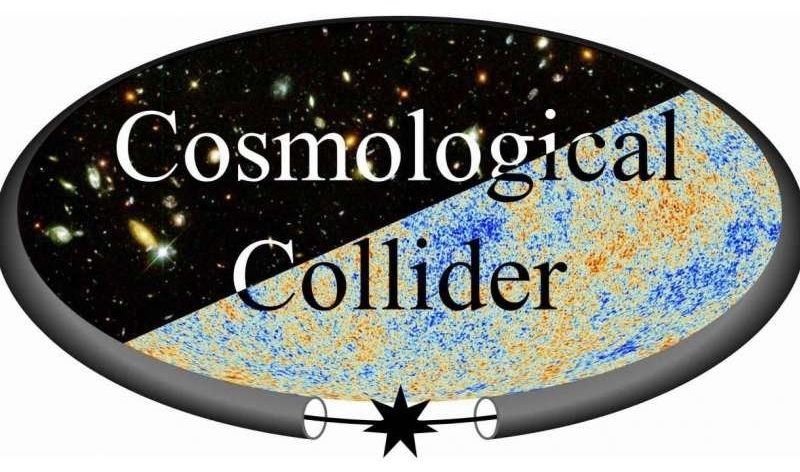

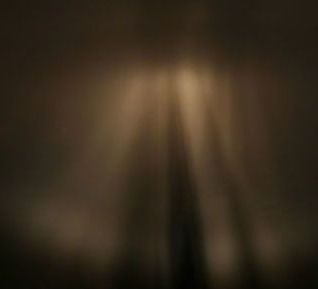
You are very lucky that you ended up about the size that you are today, somewhere between one and ten feet tall and weighing somewhere between one and one thousand pounds. This is a very good size. Not to body shame, but if you were, say, a quadrillion times shorter and weighed a nonillion times less (that’s one followed by 30 zeros), that would be very inconvenient for you. Everything would be very inconvenient for you.
One thing you take for granted as a human-sized thing, for example, is that when you push things, they move forward. But a team of researchers realized that this is not necessarily the case if you zoom into the quantum world, where particles might decide to go backwards, no matter what kind of outside force you put on them.
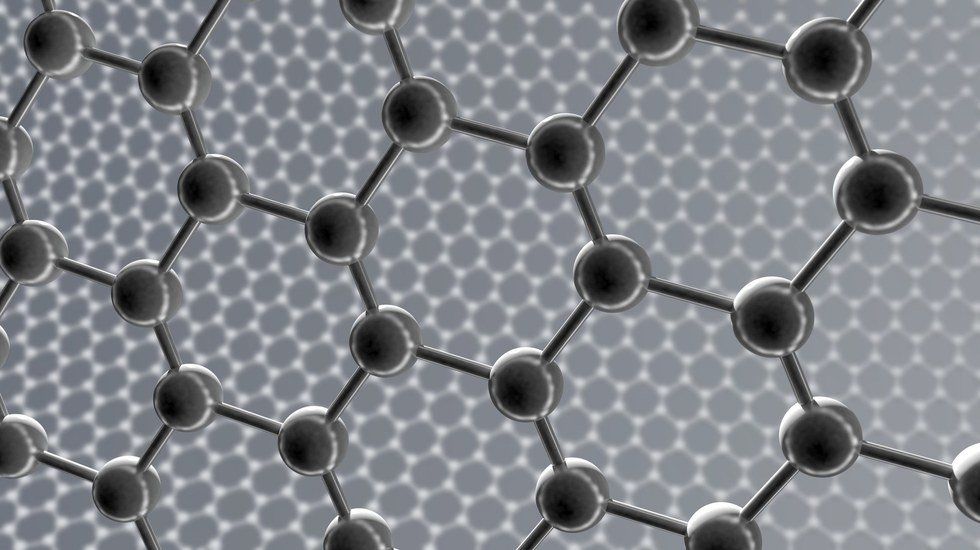

Scientists aren’t yet certain that electrons and their relatives are violating the Standard Model of particle physics, but the evidence is mounting.
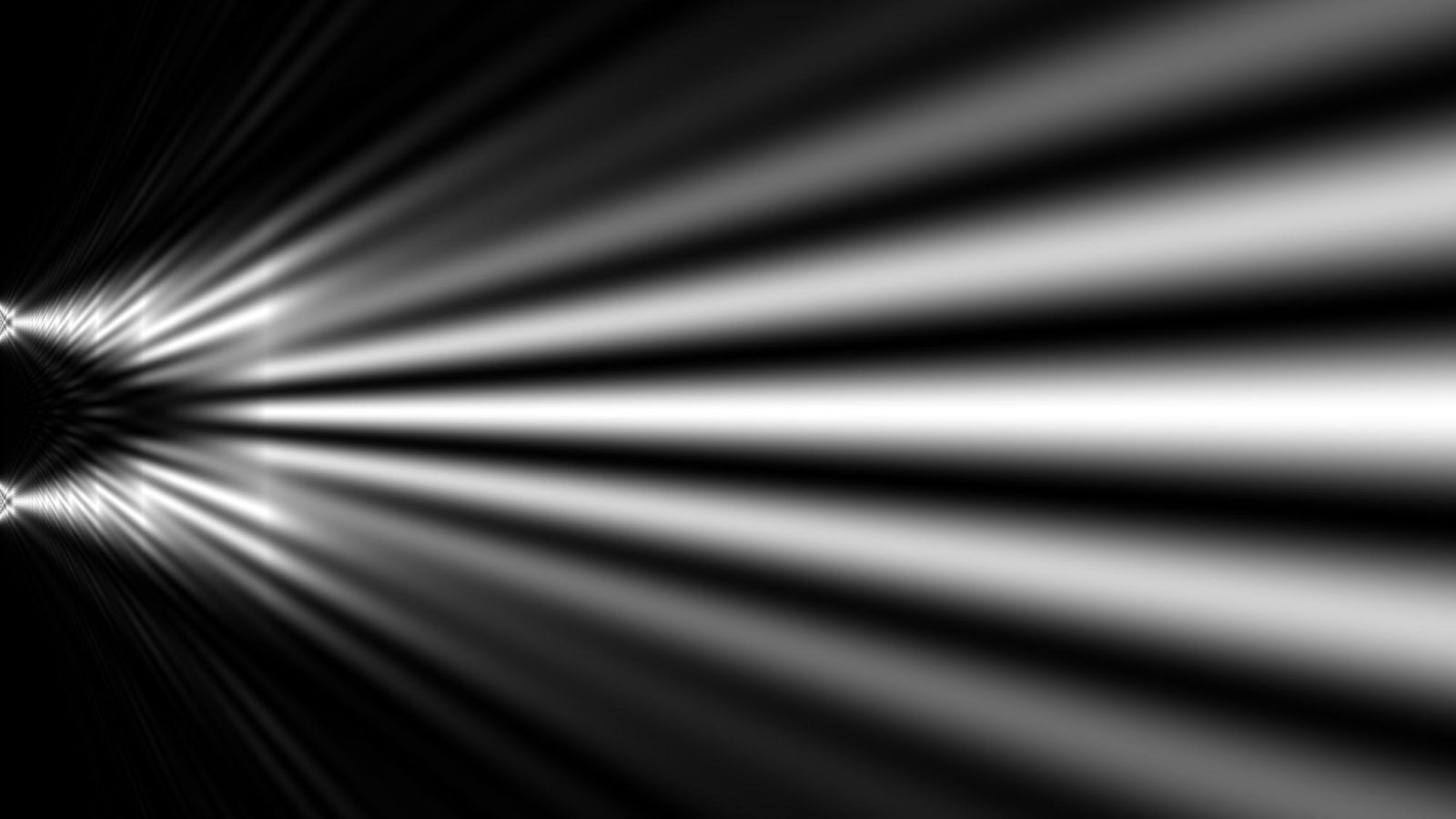
Humanity is advancing rapidly towards a place where the news sounds an awful lot like science fiction. In fact, yesterday, Chinese scientists reported that they “teleported” a photon over hundreds of miles using a “quantum satellite.” But this isn’t Star Trek. It’s the real world.
Which happens to mean it’s a lot less exciting than Star Trek-style teleportation, unfortunately. But it’s still really cool, I promise!
The $100 million plasma generator, the fifth in a series of devices built over the last 20 years, will continue validation of the company’s underlying technology and enable commercialization efforts toward delivering utility-scale fusion energy. With Norman now operational, the company will continue to move quickly down its developmental path, expanding temperature ranges and sustaining plasma for longer periods towards perfecting the essential operating characteristics required to sustain fusion reactions. Over the coming months, the company will be accelerating Norman’s levels of performance to further validate the fundamental confinement requirements that will ultimately be necessary for commercial operations.
Like previous iterations of the device, Norman uses an advanced field-reverse configuration (FRC) combined with intense neutral beam injection to create and confine plasma. onstruction on this fifth-generation machine began in June of 2016, and it sits in a newly designed headquarters facility and control room in Foothill Ranch, CA. It takes the place of the company’s previous plasma generator, C-2U, which was able to successfully achieve its critical milestones including at-will plasma sustainment in June of 2015. Norman expands upon these milestones with the opportunity to bring forward new understandings in plasmas dominated by highly energetic particles.
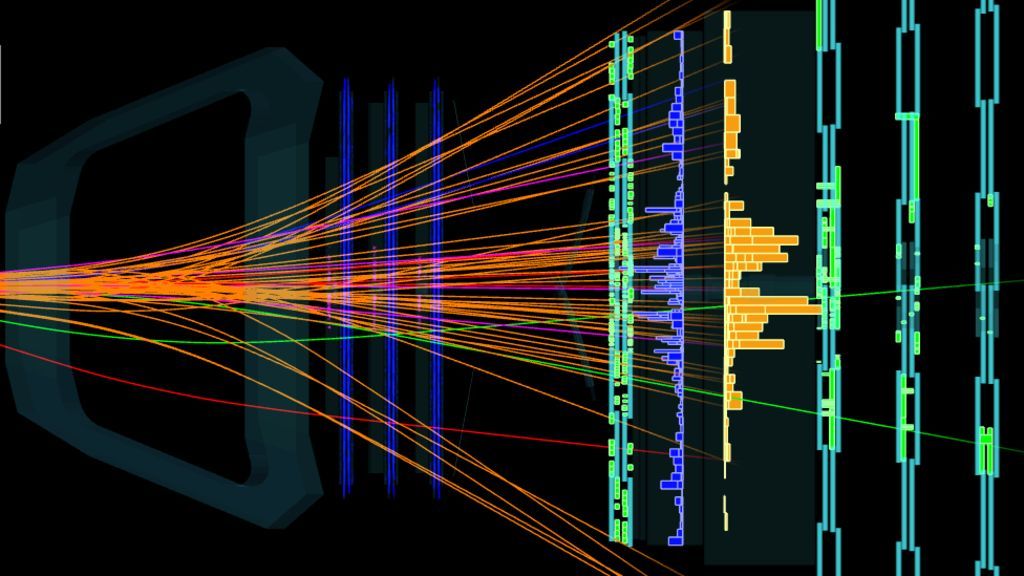
In contrast to other particles of this type, in which the three quarks perform an elaborate dance around each other, a particle with two heavy quarks is expected to act like a planetary system, where the heavy quarks are like two stars orbiting one around the other, with the lighter quark orbiting around this binary system.
Scientists have detected a new particle at the Large Hadron Collider at Cern.
The discovery will help researchers learn more about the so-called “strong force” which holds the centres of atoms together.
The existence of the new particle was theoretically predicted but this is the first time it has been identified.
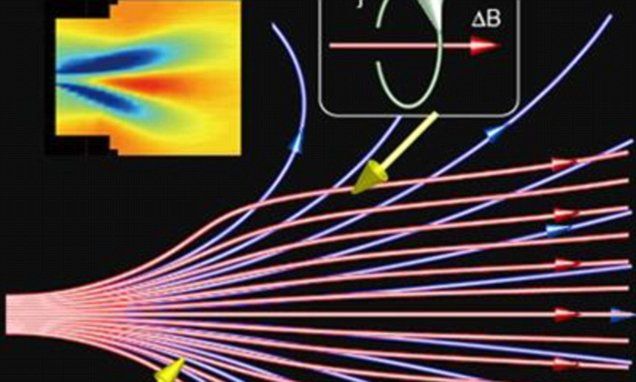
Plasma, an extremely hot gas with electrically charged particles, is found all throughout the universe and is influenced by environmental forces, such as magnetic fields.
The complex behaviours observed in space and in the lab suggest plasma can generate the magnetic field in the opposite direction to the one applied, according to the researchers from Tohoku University.
This causes the field lines to diverge, much like magnets with their North poles facing toward each other.
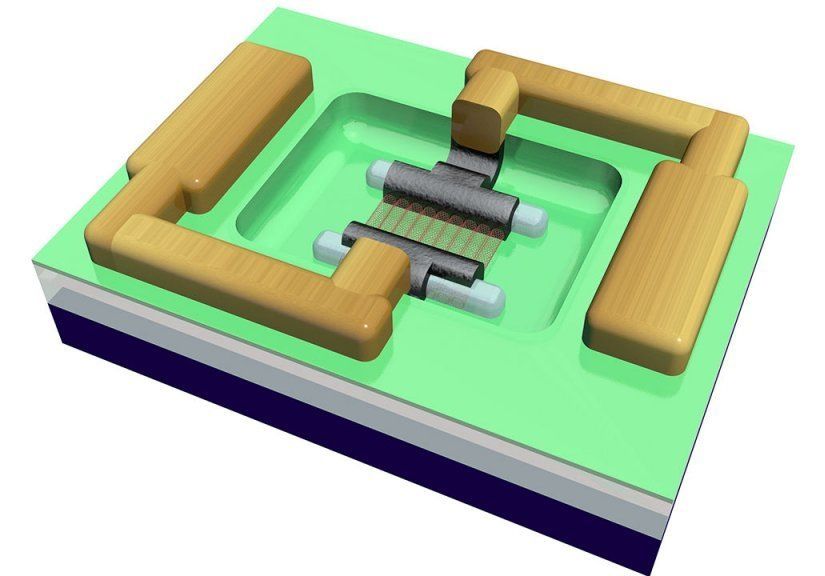
IBM scientists have made carbon nanotube transistors smaller and faster silicon transistors. Carbon nanotube transistors have long had the potential to be better than silicon, but this is the first time when that promise has been realized. Now IBM and others will have to scale up superior carbon nanotube devices.
IBM scientists have been experimenting with carbon nanotubes, rolled-up sheets of carbon atoms just 1 nanometer, or a billionth of a meter, in diameter. But difficulties working with the material have meant that, for optimal performance, nanotube transistors have to be even larger than current silicon transistors, which are about 100 nanometers across. To cut that number down, a team of scientists used a new technique to build the contacts that draw current into and out of the carbon nanotube transistor. They constructed the contacts out of molybdenum, which can bond directly to the ends of the nanotubes, making them smaller. They also added cobalt so the bonding could take place at a lower temperature, allowing them to shrink the gap between the contacts. Another advance allowed for practical transistors. Carrying enough electrical current from one contact to another requires several nanotube “wires.
